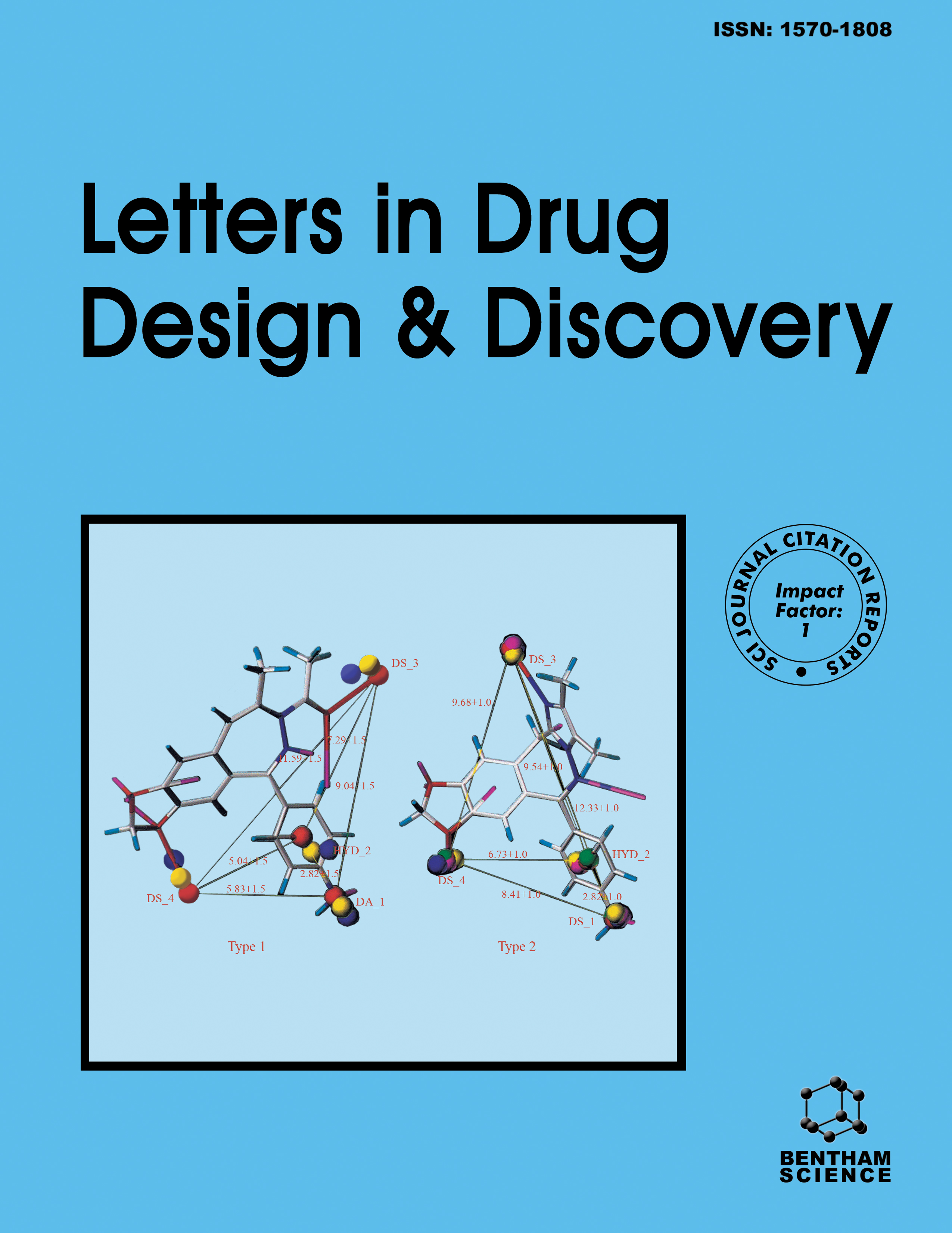
Full text loading...
We use cookies to track usage and preferences.I Understand
Globally, hepatitis B and C infect 400 million people, more than 10 times the number of people living with HIV. In 2019, it was estimated that 1.1 million people died as a result of the disease (PAHO/WHO, January 2023).
This study aimed to conduct a computational analysis of the proteins that express the hepatitis virus envelope glycoproteins in order to gain insight into their function.
Different computational tools were used to calculate the Polarity Index Method 2.0 v (PIM 2.0 v) profile (previously titled Polarity Index Method profile) and the Protein Intrinsic Disorder Predisposition (PIDP) analyzed for each sequence, in addition to computational tools that made it possible to revise these proteins at the genetic level.
Both the PIM 2.0 v profile and the PIDP profile of various hepatitis B and C virus envelope glycoproteins were able to reproduce the structural and morphological similarities that they had previously. The presence of certain patterns in each of these profiles made this accomplishment feasible.
Computational programs could reproduce characteristic PIM 2.0 v profiles of the hepatitis B and C virus envelope glycoproteins. This information is useful for a better understanding of this emerging virus.

Article metrics loading...

Full text loading...
References


Data & Media loading...
Supplements

